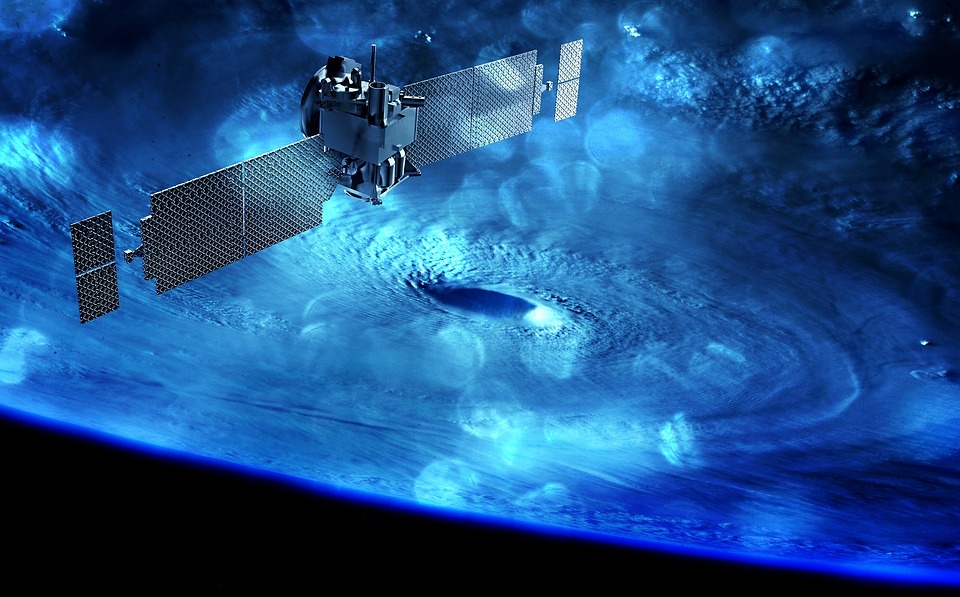NASA is currently preparing for several missions such as the Artemis mission, the future Mars missions, and the Lucy mission. The agency has now made progress on the Lucy mission as it was revealed that it has now passed an important milestone in preparation for its upcoming mission into space.
The unmanned probe that will be front and center in NASA’s Lucy mission has successfully passed a very important milestone in terms of testing. All of the parts of the probe have passed a system integration review, bringing parts of the probe right on schedule for its assembling and testing in time for its launch scheduled for October 2021. The Lucy mission will see the probe tour five Trojan asteroids found in the orbit of the gas giant Jupiter.
Should NASA succeed, then the probe will be the first device that will examine asteroids up close. The agency is focusing on the Trojan asteroids as astronomers believe that these mysterious rocks have interesting compositions, which will help scientists further understand space and the universe. The mission will span 12 years, with the probe passing by seven of the asteroids and gathering data to shed light on the formation of the solar system.
Despite the COVID-19 pandemic forcing NASA like many other agencies and businesses to temporarily close or reschedule, the breakthrough with this milestone will still bring the team behind Lucy on schedule. “No one anticipated that we would be building a spacecraft under these circumstances but I once again have been impressed by this team’s creativity and resiliency to overcome any challenge placed before them,” said Lucy Principal Investigator Hal Levison.
Meanwhile, NASA has also revealed the kind of shape that our own Solar System has taken. With the use of previous data, the agency created a model that recreated the shape that the solar system has taken, after finding that the planets are encapsulated in a magnetic bubble. Astronomers have since speculated what kind of shape it would be, but the model revealed appeared to liken a deflated croissant.
A photo of the heliosphere on the outside has yet to be taken as from Earth, it would take 16 billion kilometers to exit the solar system to be able to take a photo from the outside.



 Why some people don't trust science – and how to change their minds
Why some people don't trust science – and how to change their minds  How do airplanes fly? An aerospace engineer explains the physics of flight
How do airplanes fly? An aerospace engineer explains the physics of flight  Larger and more frequent solar storms will make for potential disruptions and spectacular auroras on Earth
Larger and more frequent solar storms will make for potential disruptions and spectacular auroras on Earth  Why is the universe ripping itself apart? A new study of exploding stars shows dark energy may be more complicated than we thought
Why is the universe ripping itself apart? A new study of exploding stars shows dark energy may be more complicated than we thought  The rising flood of space junk is a risk to us on Earth – and governments are on the hook
The rising flood of space junk is a risk to us on Earth – and governments are on the hook  The mystery of consciousness shows there may be a limit to what science alone can achieve
The mystery of consciousness shows there may be a limit to what science alone can achieve  Our survey of the sky is uncovering the secrets of how planets are born
Our survey of the sky is uncovering the secrets of how planets are born  Synthetic human embryos let researchers study early development while sidestepping ethical and logistical hurdles
Synthetic human embryos let researchers study early development while sidestepping ethical and logistical hurdles  Genetic diseases: How scientists are working to make DNA repair (almost) a piece of cake
Genetic diseases: How scientists are working to make DNA repair (almost) a piece of cake  Eggs from men, sperm from women: how stem cell science may change how we reproduce
Eggs from men, sperm from women: how stem cell science may change how we reproduce  Archeoastronomy uses the rare times and places of previous total solar eclipses to help us measure history
Archeoastronomy uses the rare times and places of previous total solar eclipses to help us measure history  The brain is the most complicated object in the universe. This is the story of scientists’ quest to decode it – and read people’s minds
The brain is the most complicated object in the universe. This is the story of scientists’ quest to decode it – and read people’s minds  Customizing mRNA is easy, and that's what makes it the next frontier for personalized medicine − a molecular biologist explains
Customizing mRNA is easy, and that's what makes it the next frontier for personalized medicine − a molecular biologist explains 





























